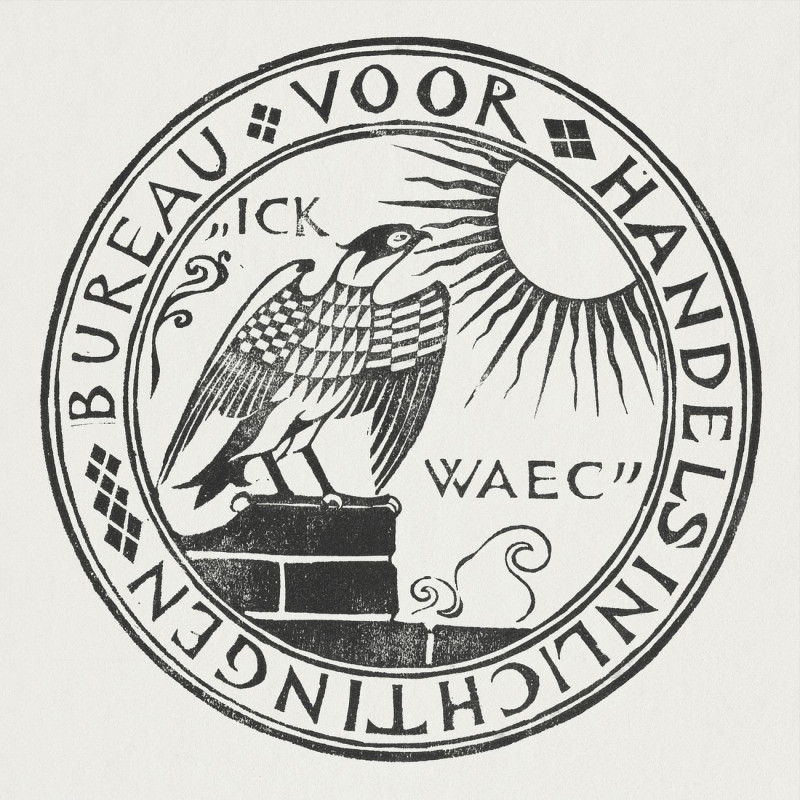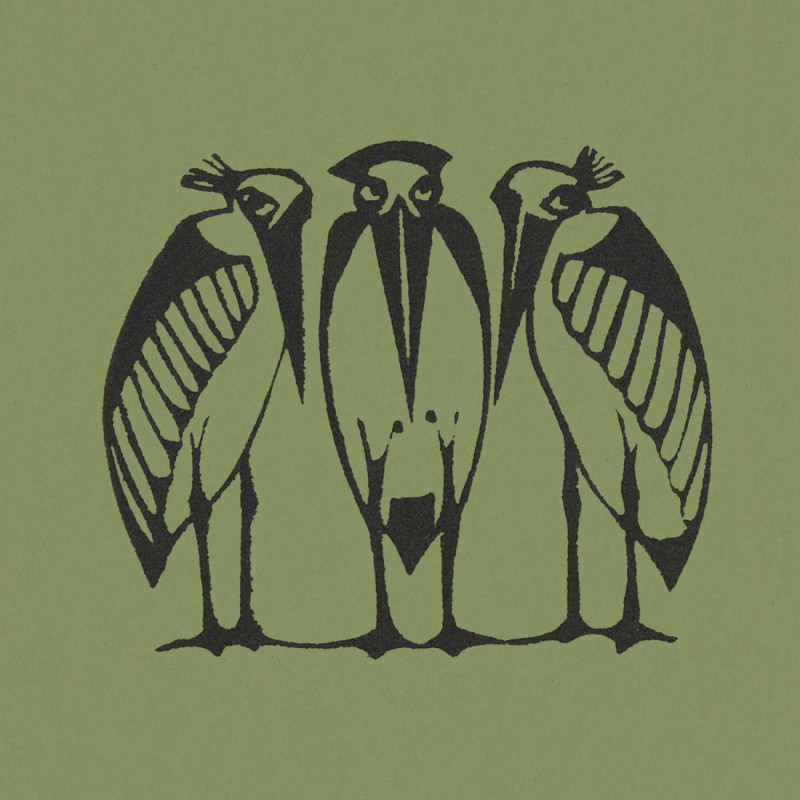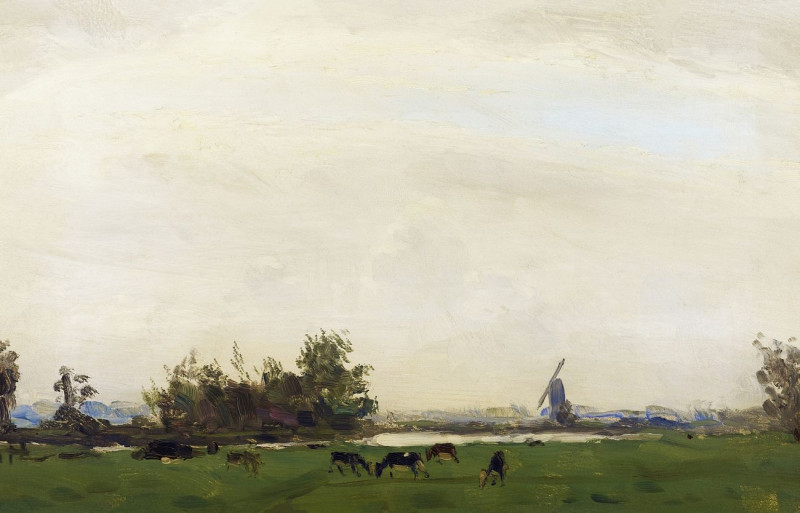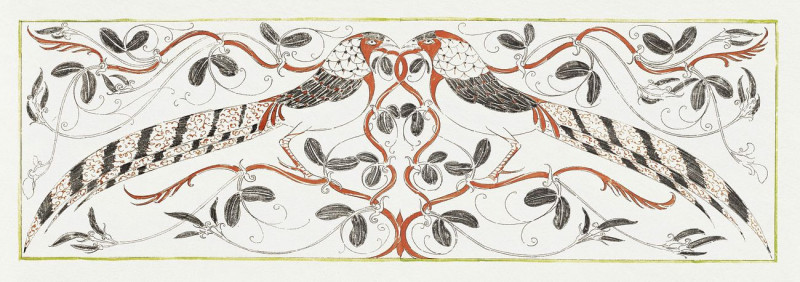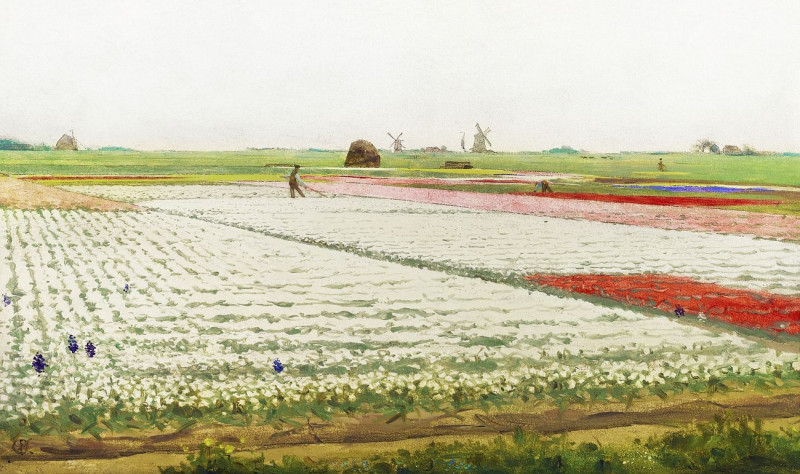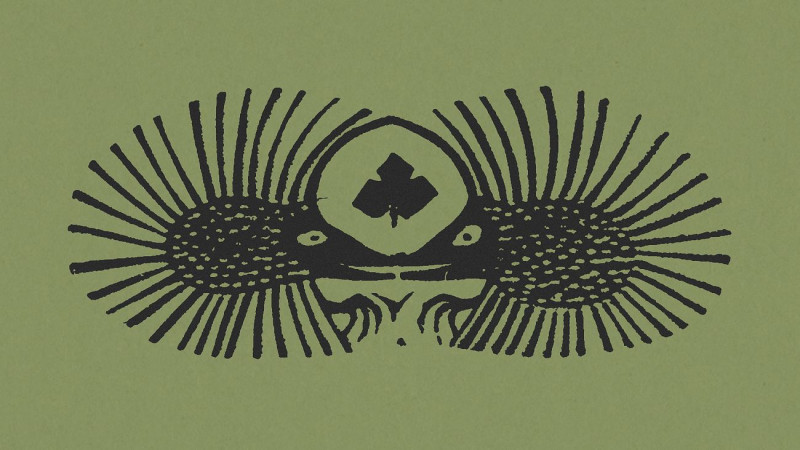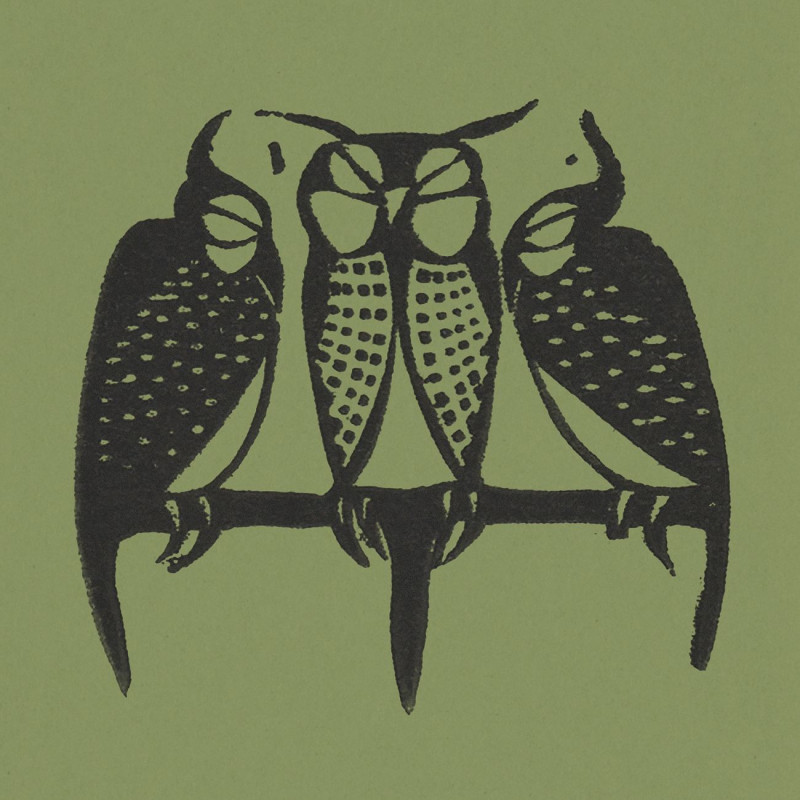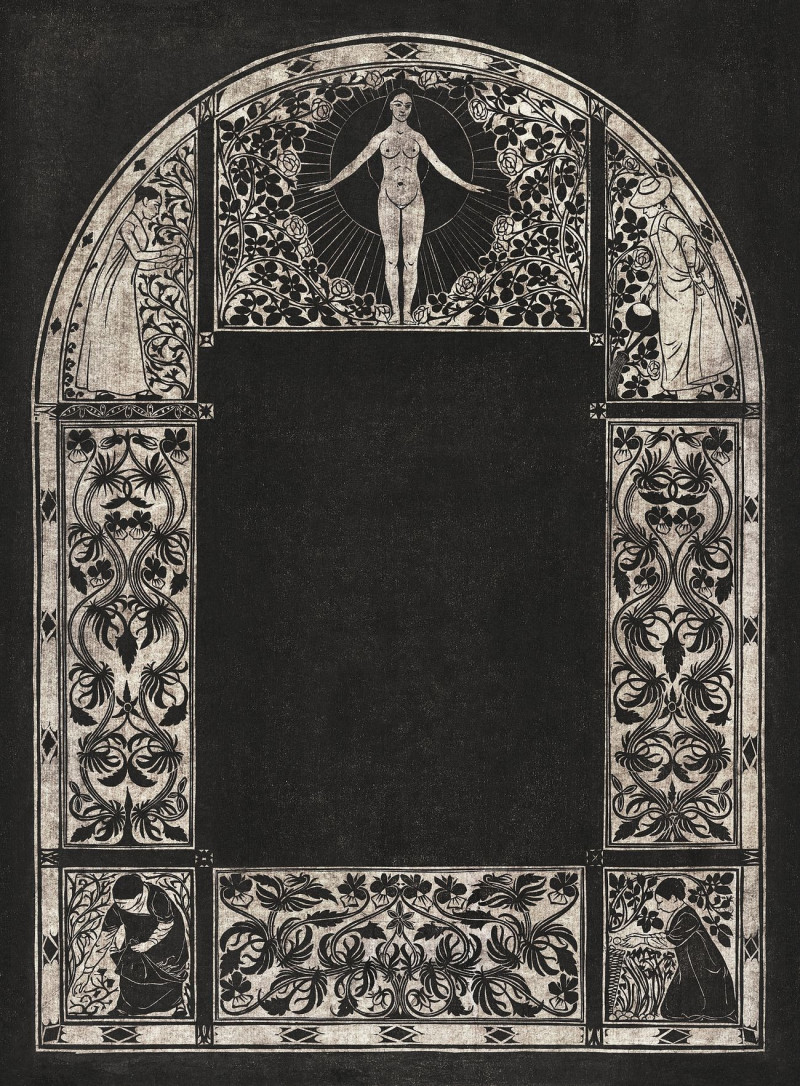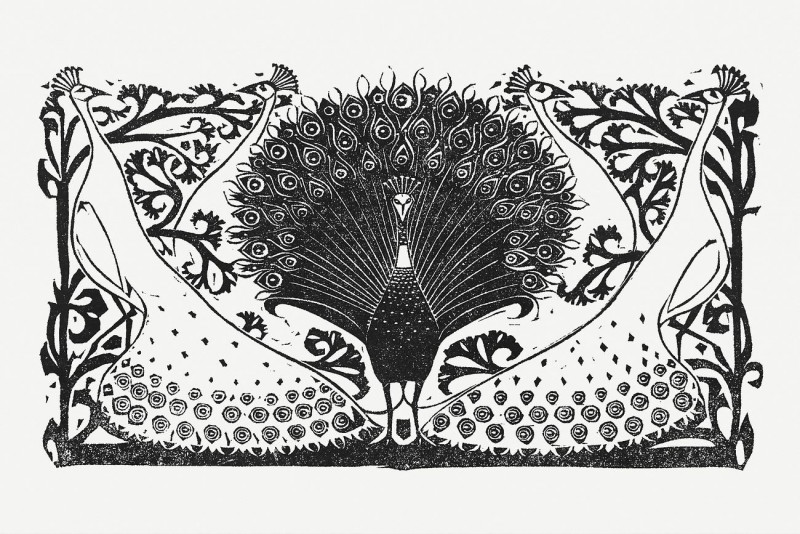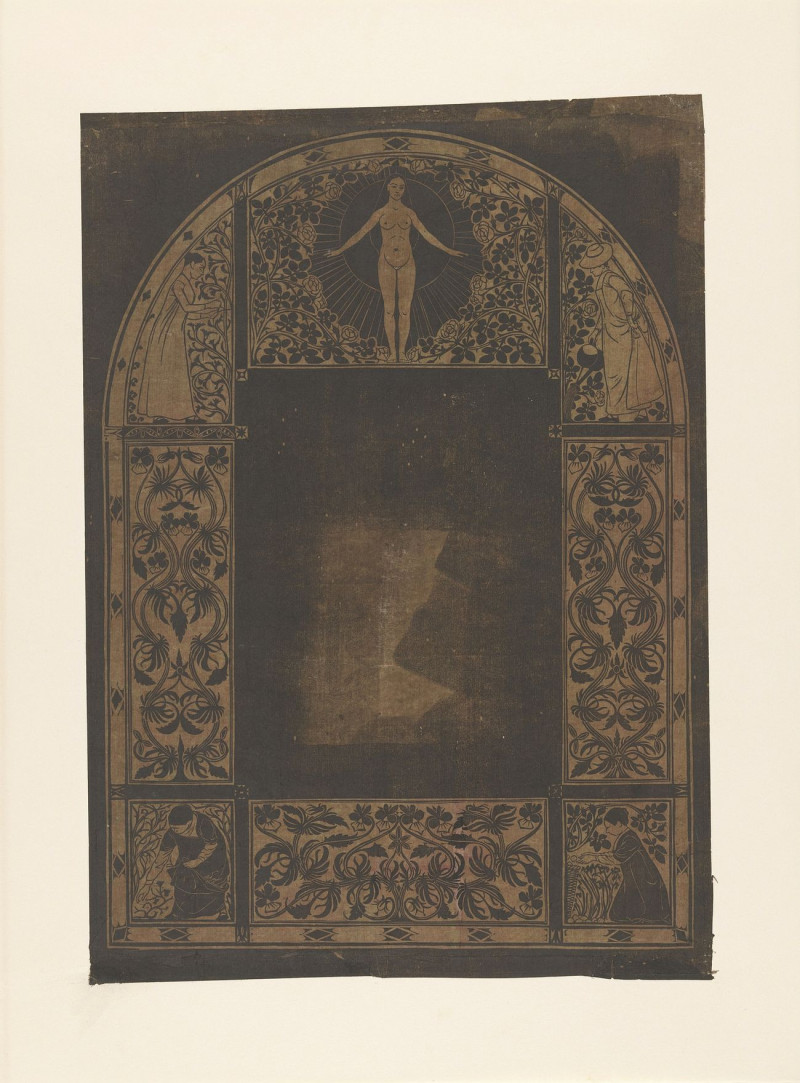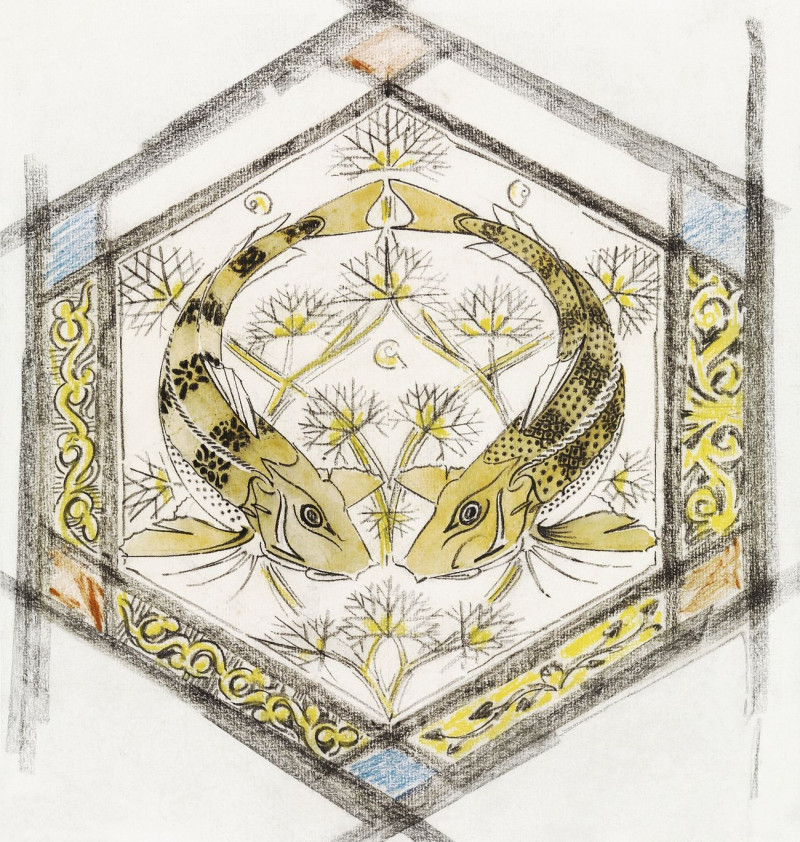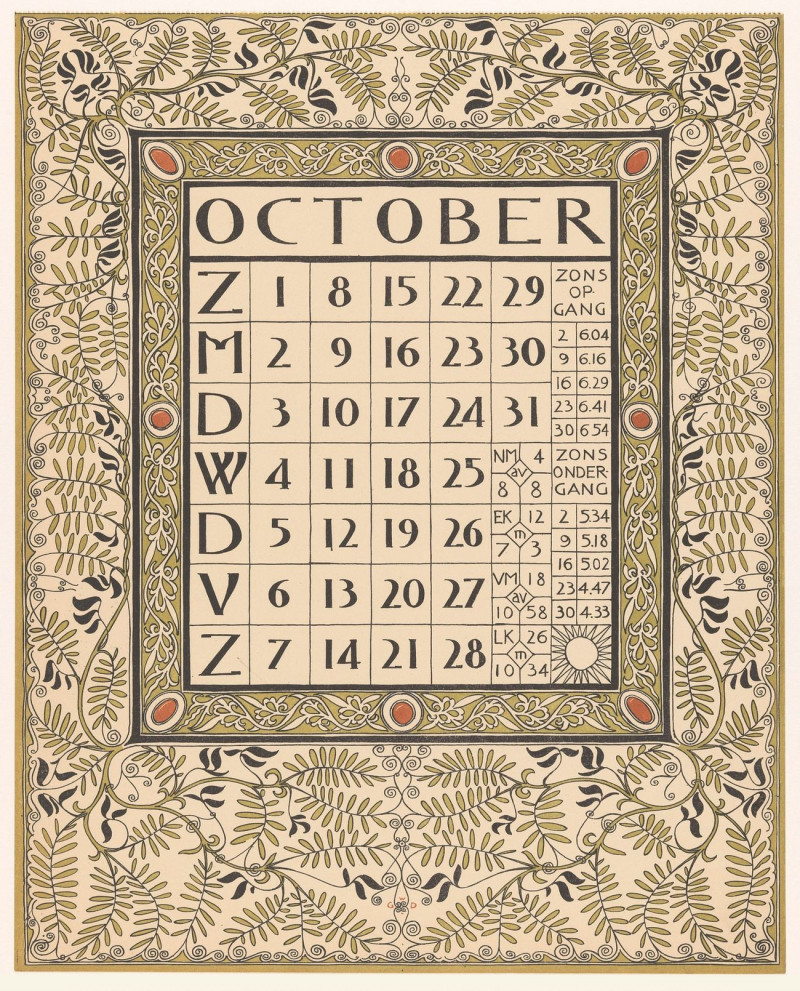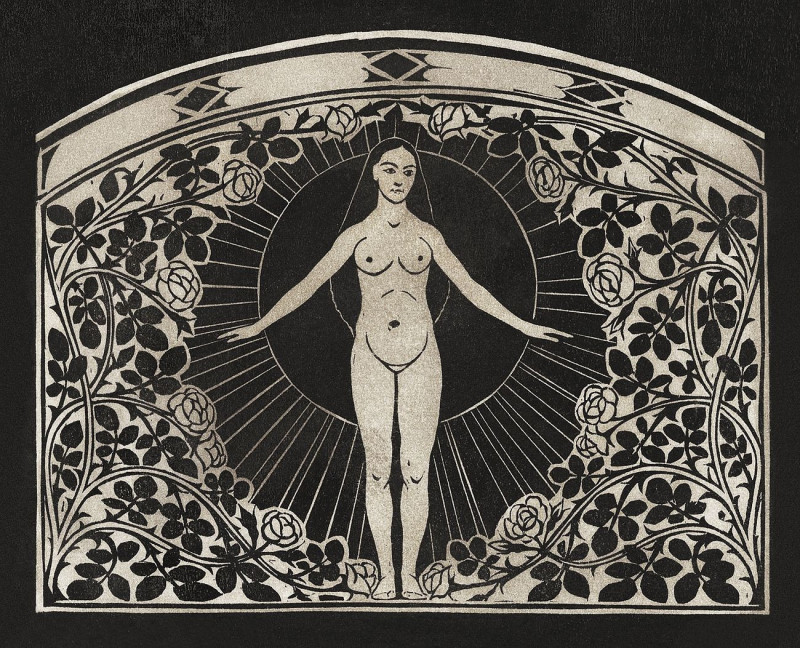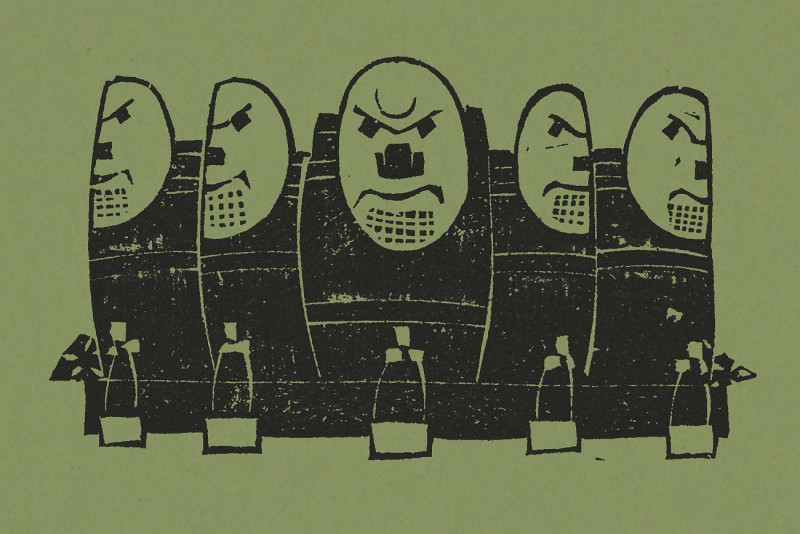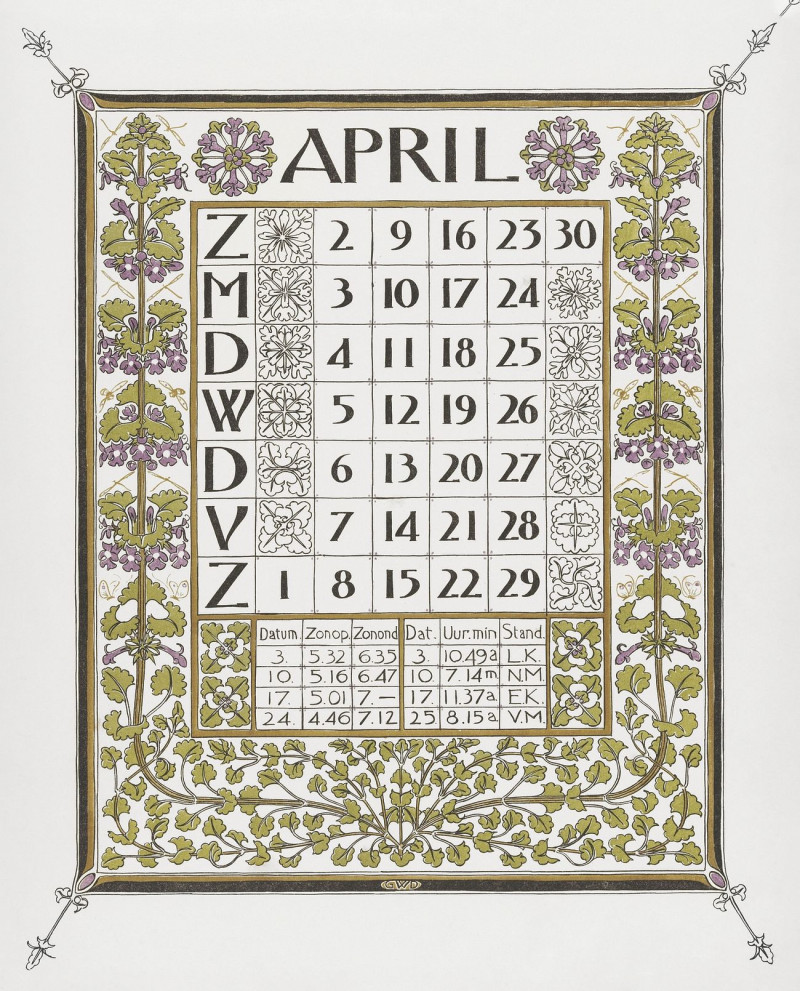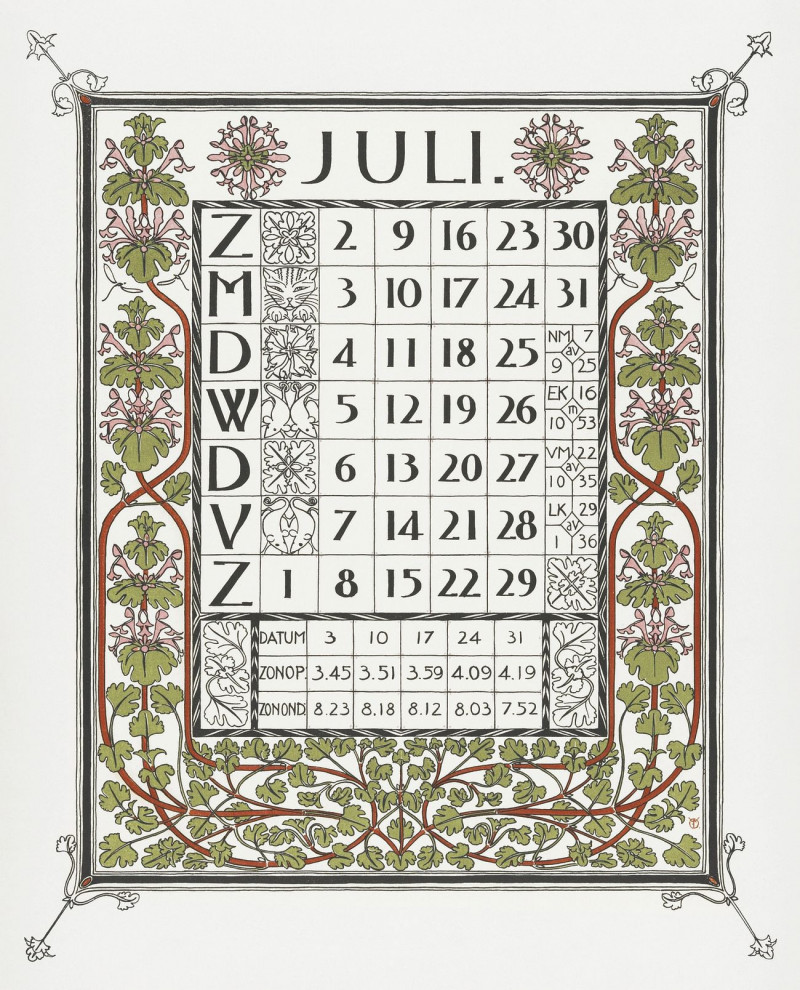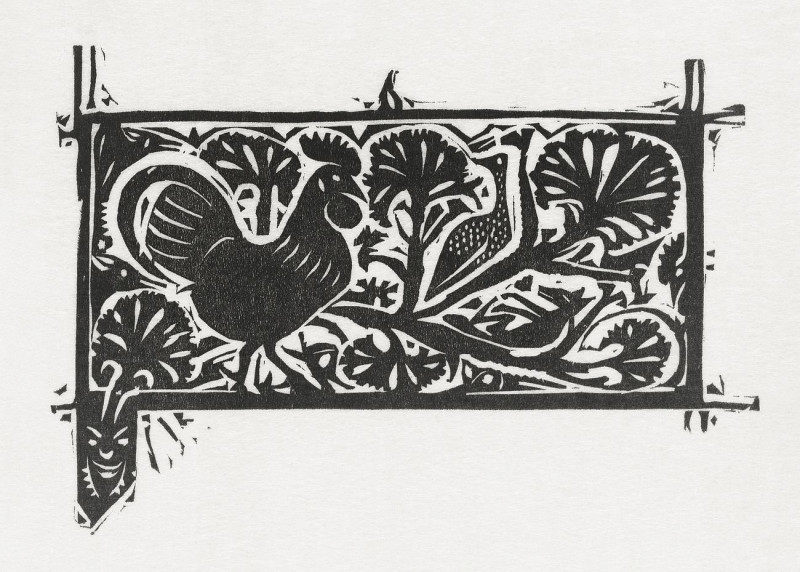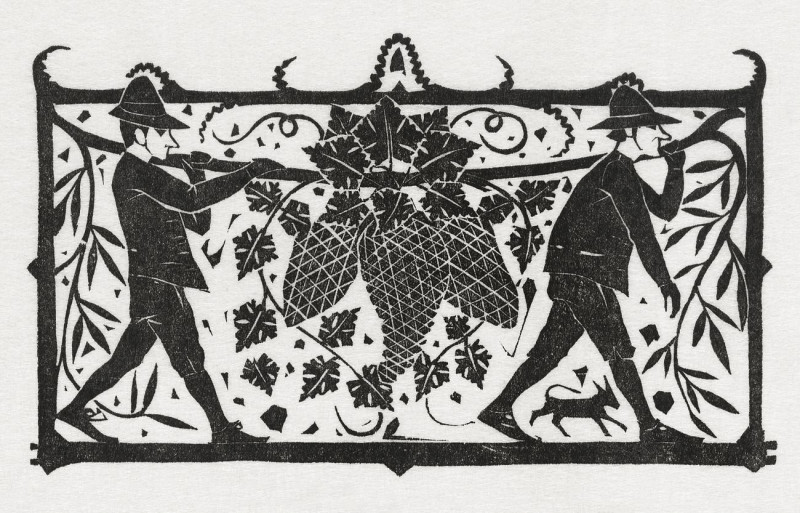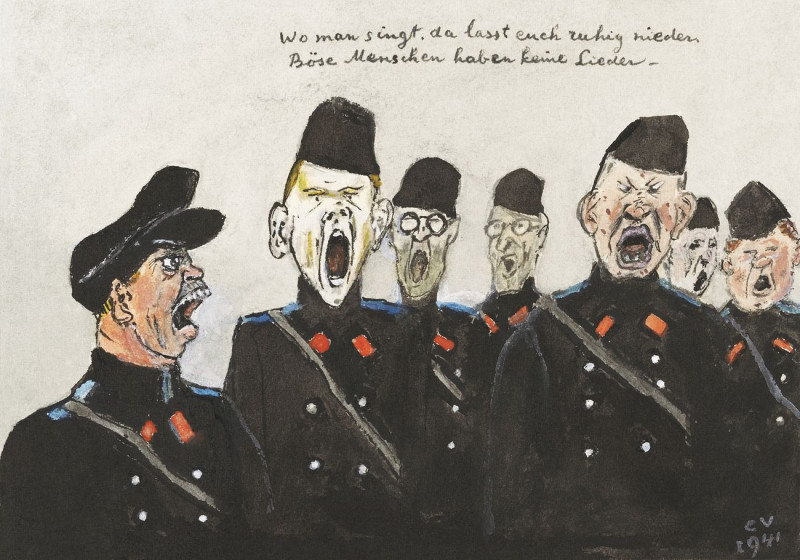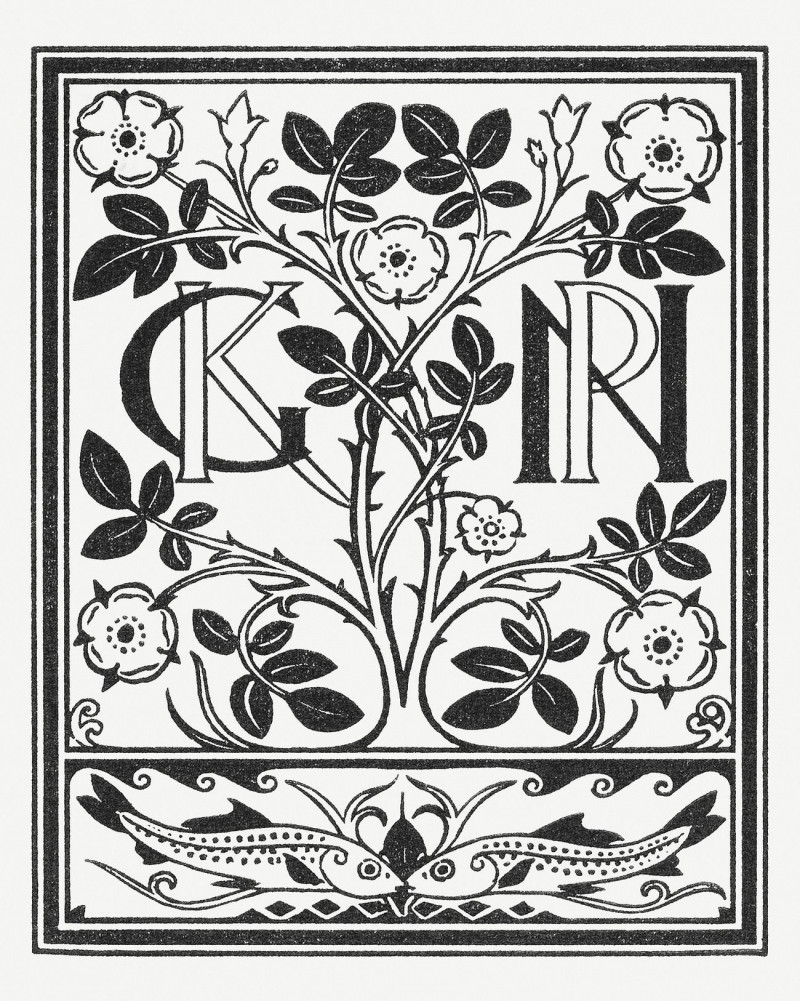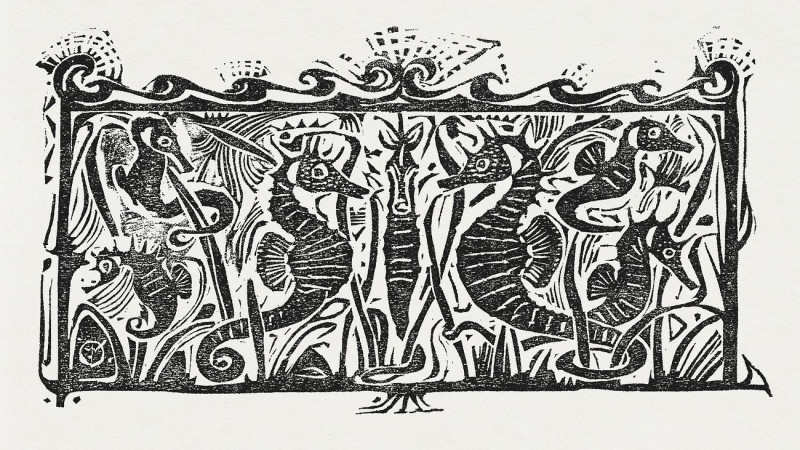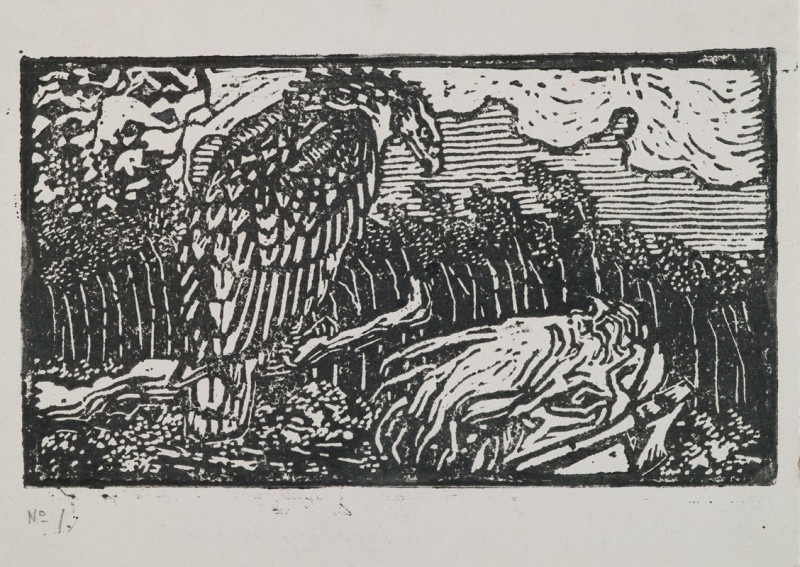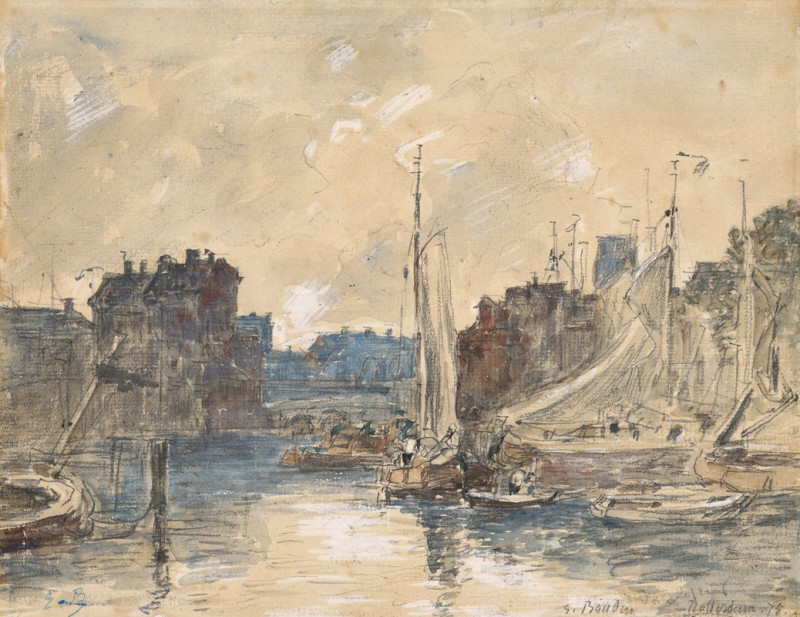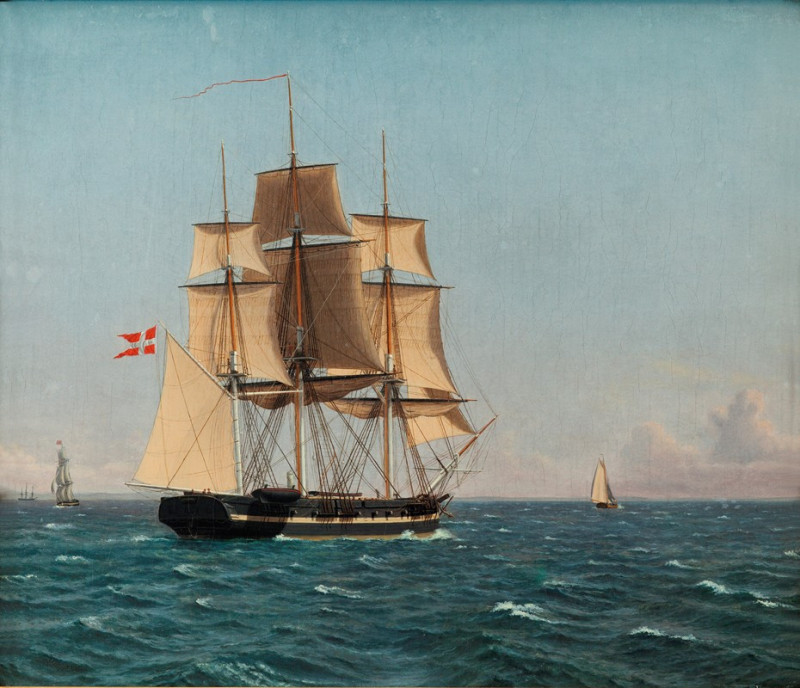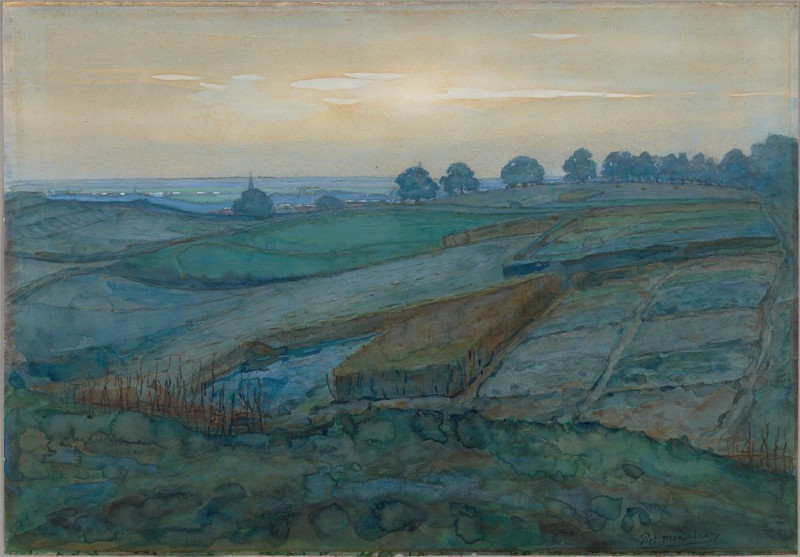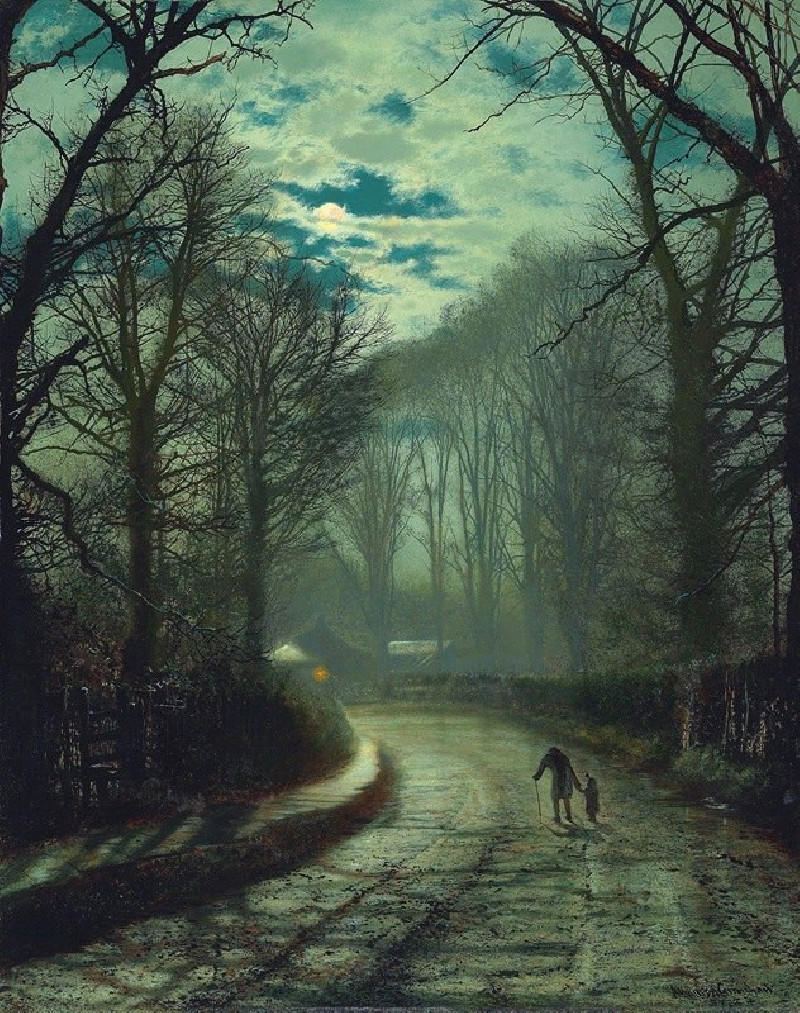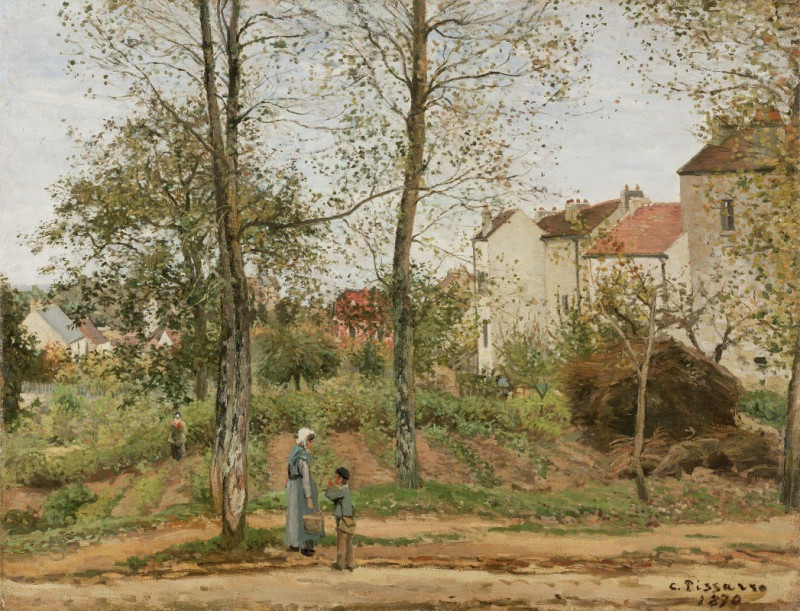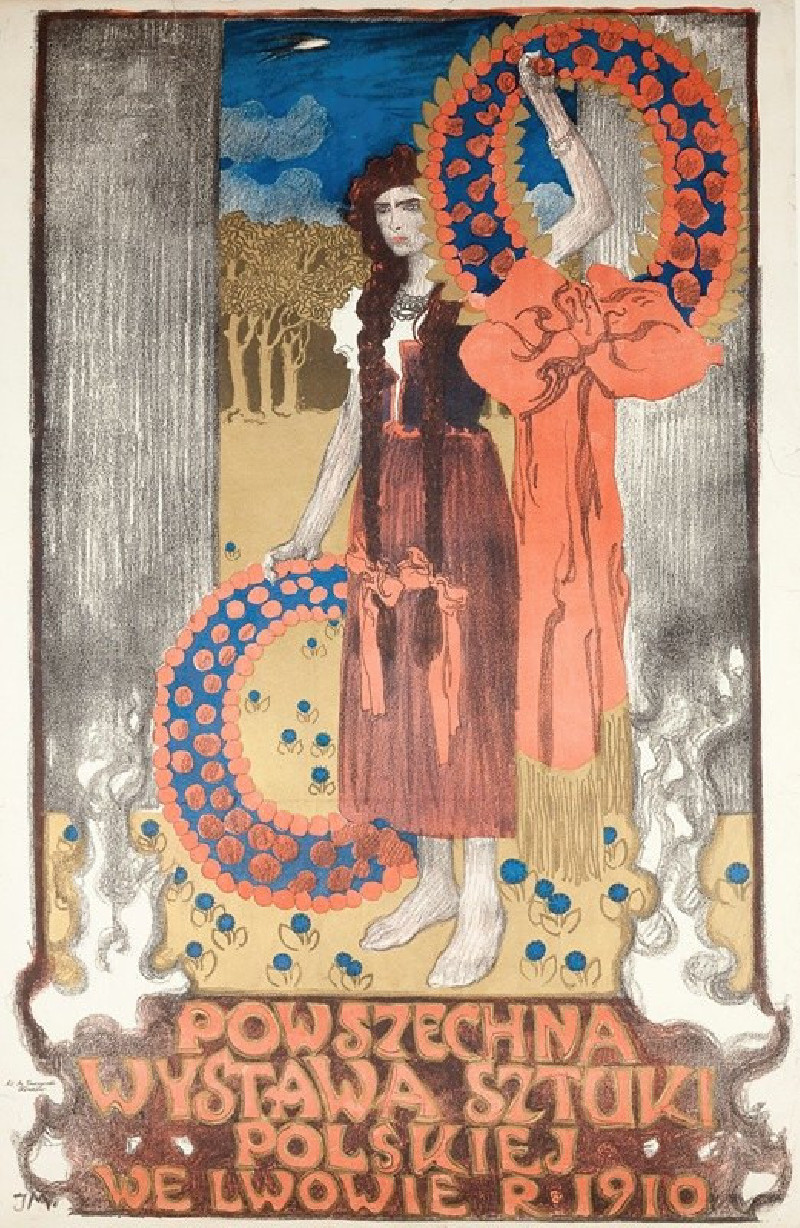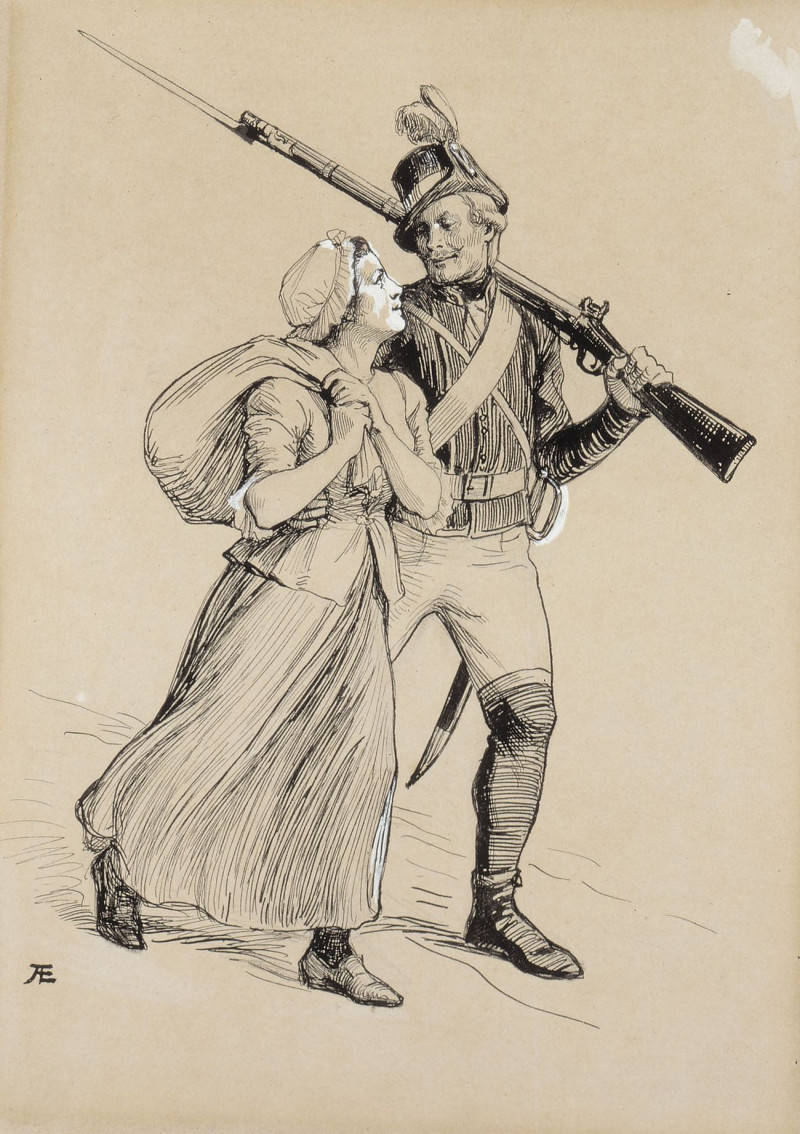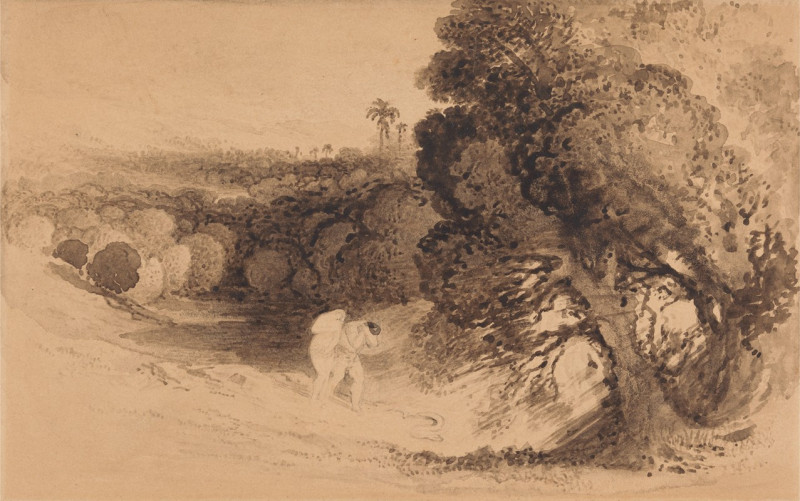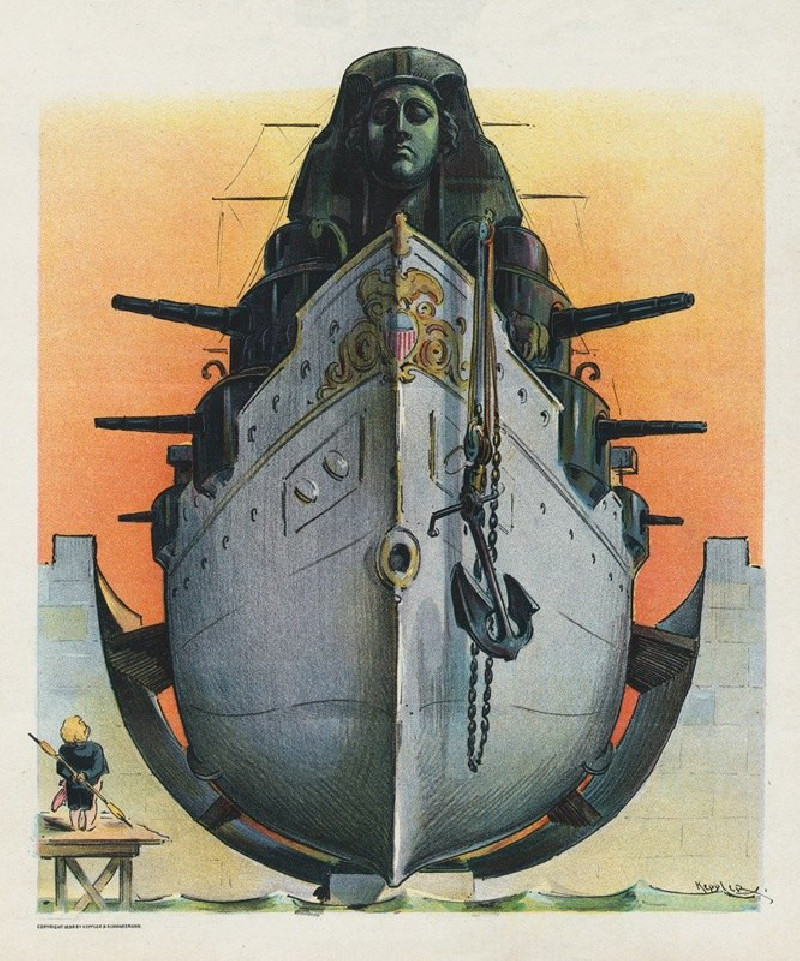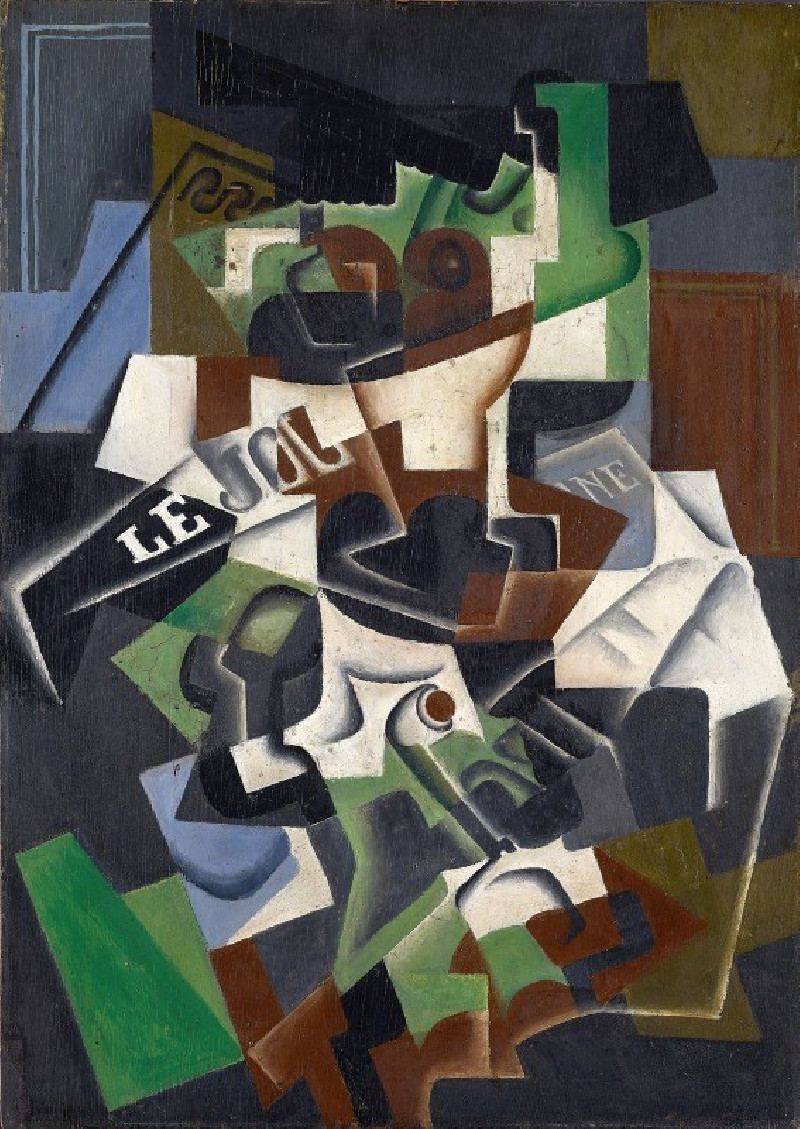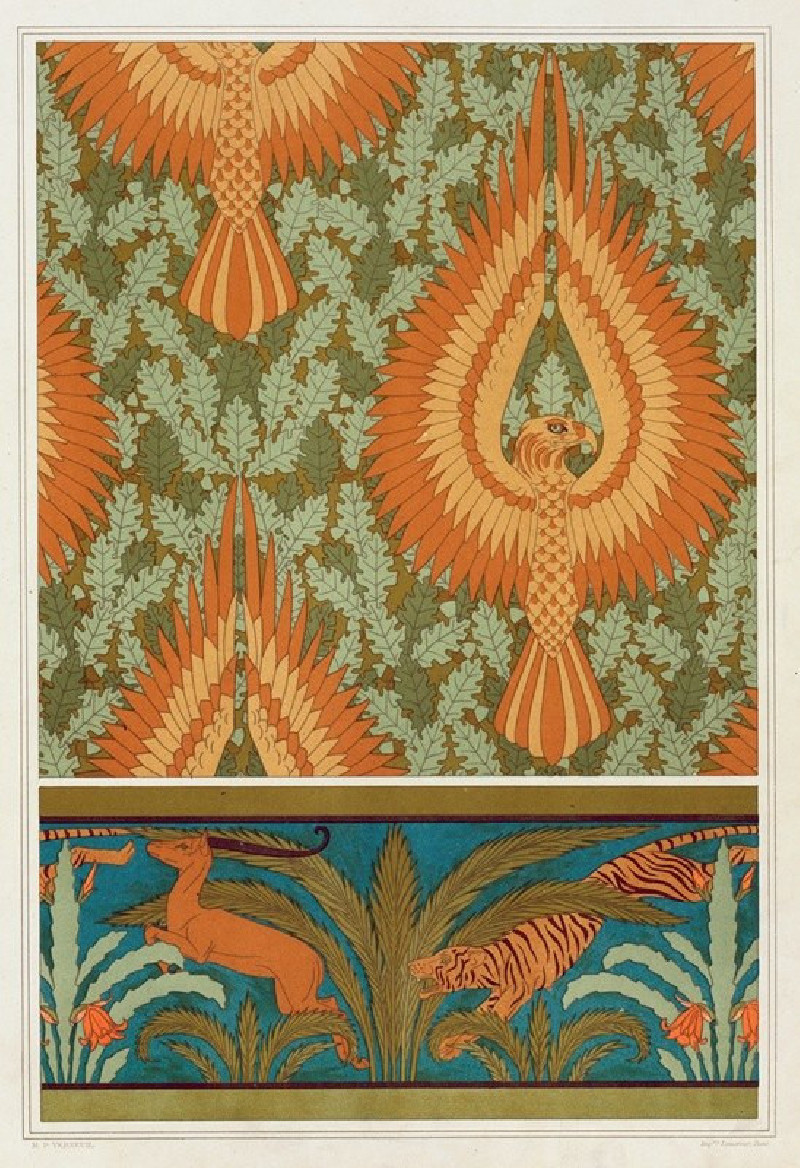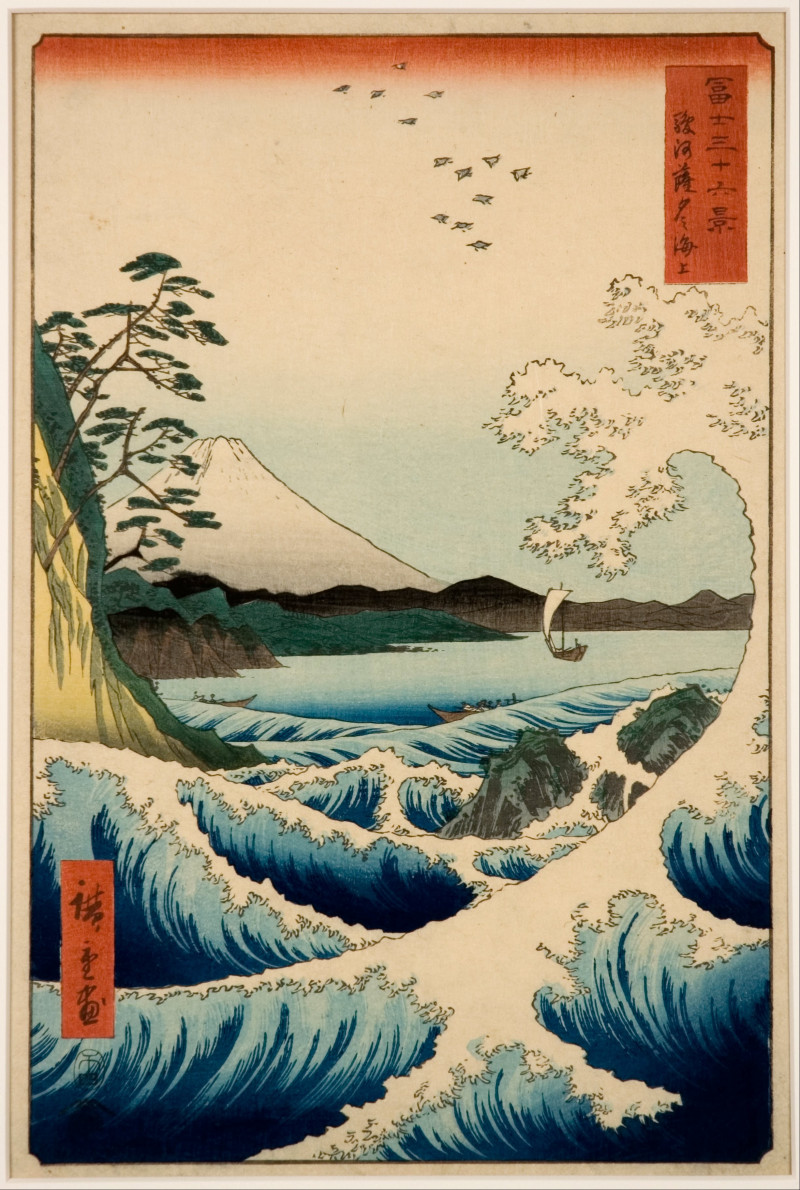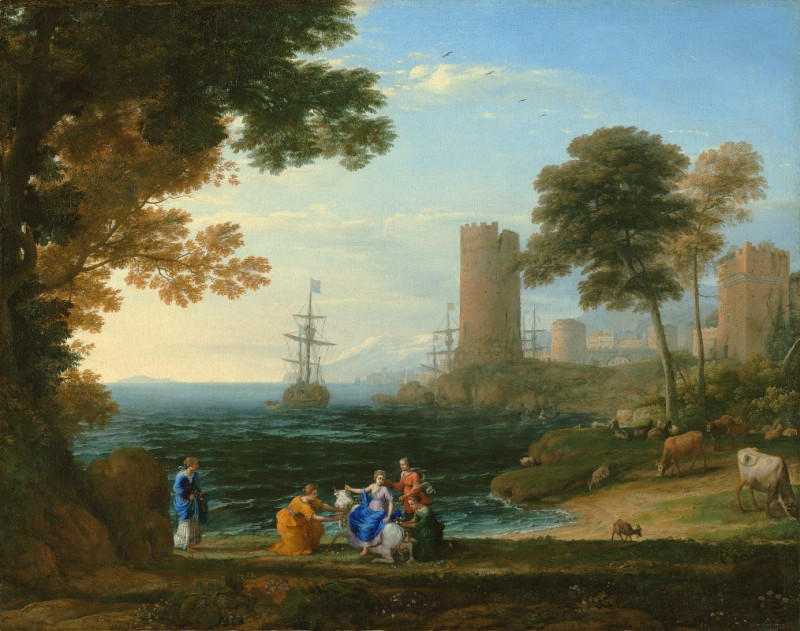Ontwerp Voor De Omlijsting Van Een Kalender Voor 1901 Met Vrouwen En Bloemen
Technique: Giclée quality print
Recommended by our customers
More about this artwork
This intriguing artwork by Gerrit Willem Dijsselhof, titled "Ontwerp Voor De Omlijsting Van Een Kalender Voor 1901 Met Vrouwen En Bloemen," is a beautifully designed frame intended for a calendar. The painting embodies a graceful blend of Art Nouveau style, characterized by its ornate floral motifs and elegant figures.The frame of the artwork has an arched top, filled with meticulous details and decorations. At the center, there is a figure of a woman, rendered in a simplistic yet striking manner. She stands in a frontal pose, surrounded by a halo-like background filled with golden tones, suggesting an element of sanctity or reverence. This central figure could symbolize purity or nature itself, which is a common theme in Art Nouveau.Flanking the central figure on both sides, within the arches, are two other female figures engaged in different activities. On the left, a woman is depicted tending to the plants, gently touching the leaves, highlighting a connection to nature and growth. On the right, another woman stands looking away, adorned in a flowing dress and a hat, surrounded by more floral elements. This figure might be appreciating the beauty or immersed in a state of peaceful contemplation.The entire scene is encapsulated within a border richly decorated with plant and flower motifs, primarily roses, that bring a lush, organic feel to the composition.
Delivery
Returns
Gerrit Willem Dijsselhof (1866-1924) was a Dutch painter and decorative artist from the Arts and Crafts Movement, which held great importance in the area of Dutch Art Nouveau. He was one of the founding members of the association “Labor et Aartes” together with other students from the art academy in Hague. Dijsselhof was an all-round artist who created furniture, bookbindings, textiles, embroidery patterns and more. He was inspired by the great artists of the movement such as William Morris and Walter Crane.


